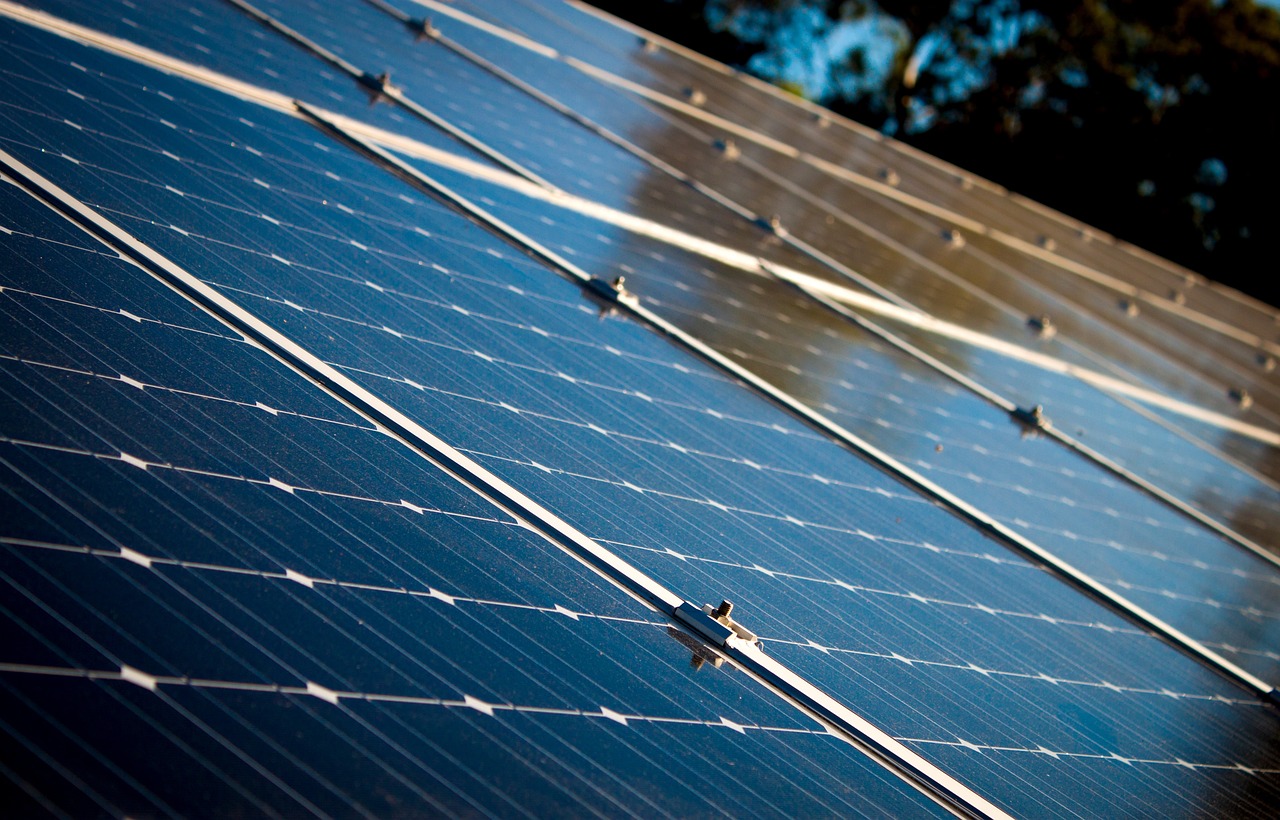News
EU Solar Power Generation Jumps 28% Year-on-year during Lockdown, Fossil Fuel Share Falls
Changes brought on by the coronavirus crisis and weather conditions have combined to push solar generation to a new high in the European Union. Analysts say the big jump in solar power proves flexibility is necessary.Analysts have recorded several solar milestones across Europe in the past few weeks, with countries such as Germany, Spain and the UK hitting new highs after their economies came to a standstill.
Last week, think tank Ember released data on changes in the 27 EU countries plus the UK. The study, conducted for Carbon Brief, found that solar and wind accounted for a combined 23% of electricity generation in the 28 countries between March 28 and April 26, 2020, a “record high”.
Ember found that energy-related CO2 emissions in the countries fell by 39% compared with the same period in 2019, compared with initial expectations that solar and wind would not reach 23% until 2025. Across all 28 countries, solar generation grew by 28% year-on-year.
In an interview with PV Tech, Ember analyst and study author Dave Jones provided data on the share of solar power generation in each EU country from March 28, 2020 to April 26, 2020. As shown in the table below, all large EU economies and most smaller countries saw year-on-year growth.
Ember said that during the lockdown across the continent, the countries leading the European renewable energy rankings were Denmark, Germany, Greece, Estonia, the United Kingdom, Portugal and Spain. These countries each have a share of solar and wind energy exceeding 25%, with all but Portugal and Spain achieving year-on-year growth in this sector.
For these countries, Ember's figures echo those in previous country reports.
Since April 2019, the share of solar power generation in Germany has increased year-on-year (12%-19%), with significant growth in Italy, Spain, Belgium and the United Kingdom.
In eastern Europe, Ember's data shows that Lithuania is the only country to see a decline in the share of solar energy. Hungary's solar share of national electricity demand increased from 0% on March 28, 2019 to April 26, 2019. 9%.
When discussing factors behind solar growth, analyst Jones cited an increase in project numbers as well as sunny weather in April. The Global Renewable Energy Agency (IRENA) believes that the cumulative photovoltaic installed capacity of the 27 EU countries and the UK increased from 115GW in 2018 to 129GW in 2019.
Ember believes that while the renewable energy industry has seen significant growth as EU countries adopt quarantine measures, coal has moved in the opposite direction. Fossil fuels' share of the electricity mix fell to 11% from 16% last year in the EU27 and the UK, which has reached the zero-carbon milestone.
Dave Jones of Ember noted that the 30-day study showed that the shifts brought on by the coronavirus pandemic, such as a 14% drop in electricity demand in the EU27 and the UK, offer a glimpse into the opportunities and risks facing Europe. Jones noted that some operators were unable to stop when prices were low or even negative. This “postcard from the future” highlights the lack of system flexibility. He noted that lignite and nuclear plants continued to produce even as prices fell in Germany and other countries. Writing for Carbon Brief, the analyst wrote: “To absorb higher levels of wind and solar in the future, the power system must become more flexible, with demand response available when power is cheaper.”
Recently, PV Tech looked at the impact of increasingly common negative electricity prices, with Dutch green energy companies saying they would cut subsidies for extended periods of time.
So far this year, all 27 EU countries and the UK have recorded negative pricing hours, according to Ember.
Renewable energy sectors in Europe and elsewhere are also under the shadow of restrictions. Australian regulators recently said the country must limit solar and wind power to 50-60% of its electricity generation by 2025 (down from a potential of 75%) if they fail to approve much-needed grid changes.

RELATED NEWS
- World Energy Council Affirms the Advantages of Developing Nuclear Energy
- British Government Denies Developing a New Type of Nuclear Bomb
- Global Economic Commentary: Germany’s Emerging Energy Sources are Becoming Popul
- International Oil Prices Approach US$70 per Barrel, Accelerating Global Debt Mar
- What are the Advantages of BANDON Inverter Air Source Heat Pump?
